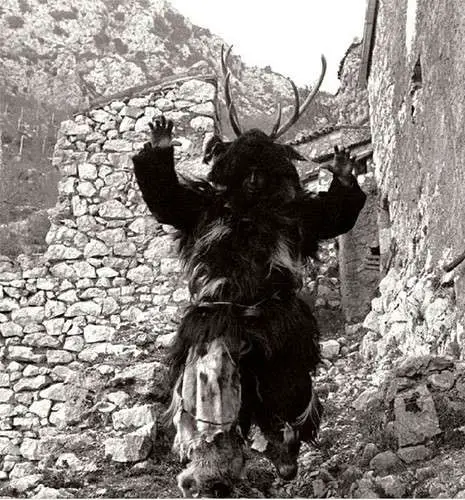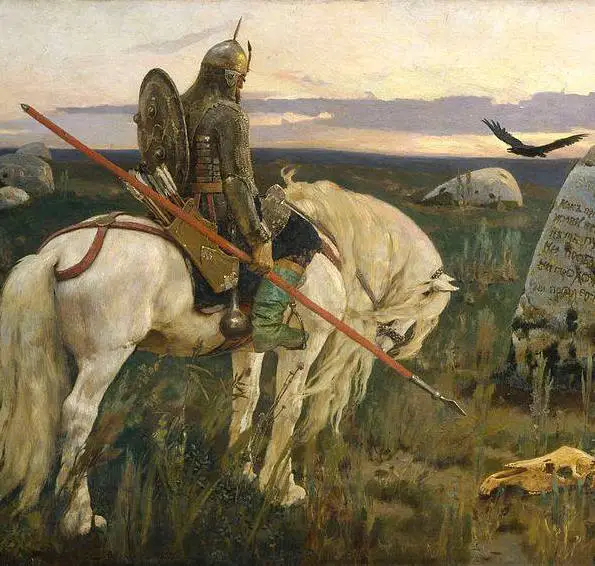Tag: Porto Cervo
"True Detective", between fantastic realism and metapolitics
Attached you can listen to our speech at last night's videoconference, "Metapolitics of TV Series" for GRECE Italie, focused on the esoteric implications of Nic Pizzolatto's first season "True Detective", which we have already had the opportunity to talk about on our pages.
The Deer Man of the Castelnuovo Carnival and the regeneration of spring
Second article dedicated to the Carnival of Castelnuovo al Volturno, on the Molise Apennines, and to the main figures of the pantomime: “Gl'Cierv”, Martino and the Hunter.
The magic of the Mainarde: on the trail of the Janare and the Deer Man
A visit to Castelnuovo al Volturno, in Molise, allows us to give a face to the characters of local folklore, the Janare and "Gl'Cierv", and to resume some central mythical-traditional aspects of Cosmic-agrarian cults of ancient Eurasia.
Cimmerians, Scythians and Sarmatians: the Iranian peoples of ancient Eurasia
Journey to discover the ancient Indo-European populations of warrior knights who occupied, during the Iron Age, the vast territory between Eastern Europe, the Caucasus and the steppes of Central Asia
The archaic substratum of the end of year celebrations: the traditional significance of the 12 days between Christmas and the Epiphany
di Marco Maculotti
article originally published on Atrium on 21/12/2016,
here revised and expanded
Here we aim to deepen the folkloric beliefs that have led to the configuration of two figures intimately connected to the liturgical-profane calendar of Europe in recent centuries. The two figures that interest us are those of Santa Claus (Italianized in Santa Claus) and of the Befana, figures that - as we will see - owe their origin and their symbolism to an archaic substratum, anthropologically recognizable in all those practices and beliefs (myths and rites) of the volk European (or rather eurasian), which elsewhere we have defined as "cosmic-agrarian cults" [cf. Cosmic-agrarian cults of ancient Eurasia].






